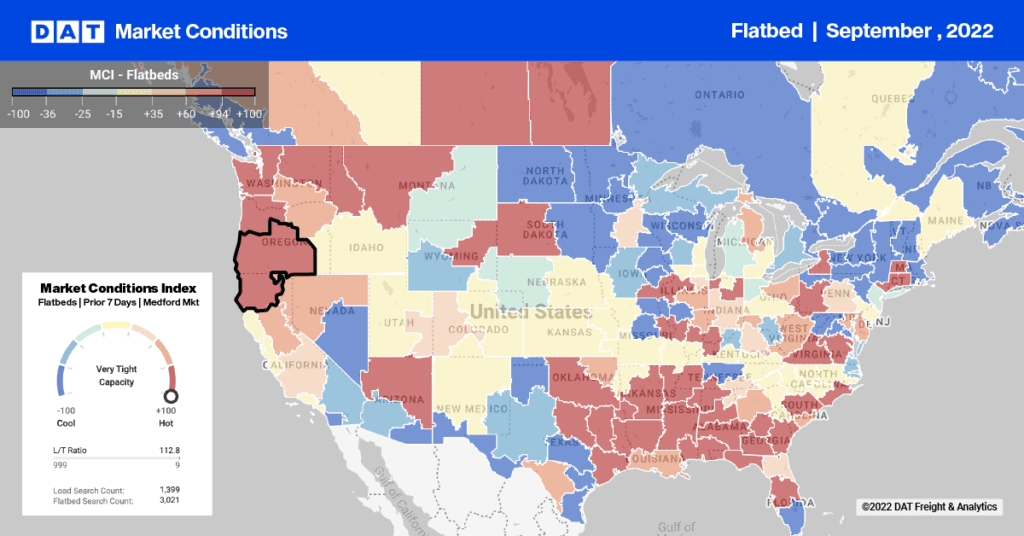Below is a list of some of the questions I get asked most often about the spot market rates you see when you’re searching for loads on DAT load boards. If you have a question that I didn’t include, please send it, and I can answer it on the blog.
Where do the rates come from?
They’re based on more than $33 billion in actual transactions – not bids or asking prices, but agreed-upon rates between freight brokers and carriers. DAT Solutions does not set the prices. We report what companies have paid carriers to cover loads.
Who contributes rate information?
Hundreds of companies send us their rates. In exchange, those companies can benchmark their pricing against other companies in the market. Any rate data we share for the 65,000 lane pairs that we track requires at least three contributors so that no one company can figure out another company’s rates or have too much influence on the reported market rate.
When is the data collected?
As soon as the rate is confirmed between the load provider and the carrier. Each transaction is assigned a unique ID, and the date for that unique load is its scheduled pickup date.
We sometimes receive additional information on a load after it is delivered, including accessorial charges or detention fees. The transaction in the DAT rates database is updated with that information. These updates seldom affect the rate per mile that was reported originally.
How does that information become the rate I see in the load board?
The number you see in the load board is the average rate for all loads reported to us on that lane for the past 90 days. With the DAT Power load board and our standalone freight rates tool, DAT RateView™, you can also see a range of prices for a specific lane. We exclude the top 25% and the bottom 25% from that range, to eliminate statistical outliers. That process gives you the most accurate representation of the pricing range on that lane.
What’s the difference between a 7-day rate and a 90-day rate?
While the load boards display rates based on a 90-day average, DAT RateView can provide anything from a 7-day average to a 365-day average. If you’re looking at a lane where prices are volatile, the 7-day rate gives you a more precise look at today’s market prices. That said, the 90-day rate is a good basis for negotiations. It can be especially useful when pricing longer-term, recurring business.
What does “X-Mkt” mean?
It stands for “Expanded Market,” which is the geographic range we use to calculate most of the rates in our load board products. In RateView, we can show an average rate for an entire region down to a geographic area defined by the first three numbers in a zip code.

Left to right: Region, Expanded Market, Market, and 3-Digit Zip.
The example above for Los Angeles shows how much the geographic borders can change, based on how you’re researching the rate. The 3-digit zip gives you most precise pricing information, but you may find that the expanded market gives you enough guidance when negotiating rates.
Why is the broker quoting a different rate?
The broker is quoting based on his or her negotiating strategy and what the shippers are willing to pay. That rate will not necessarily match RateView or a market rate. The more you know about market rates, the better your negotiating position. With a clear understanding of market rates on a given lane, you will know whether to push for more money, accept what’s offered, or just pass on the load.
Last month I wrote about how a broker using RateView might see a different rate from the one you see in the load board. This could be because of differences in the 7-day and 90-day rate or the geographic range used to calculate the price. The number you see in the load board is the average amount paid to carriers over the past 90 days, so some loads moved for more than that, some for less. This doesn’t mean that the rate is wrong; it’s just not the most precise rate data available. It’s still a good guide for your negotiations, especially if you’re aware of recent movements and events in your local market and can apply them to the 90-day rate.
This is the second in a series of Rate Tutorials. Check the DAT blog for future posts.


